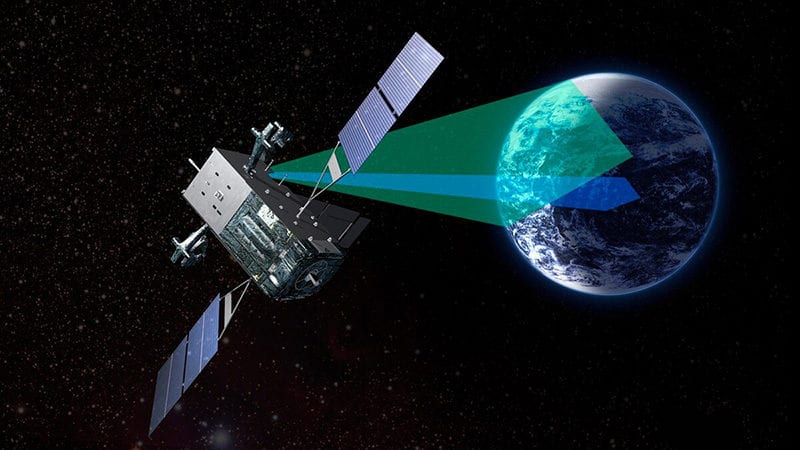Latest News

Photo: Lockheed Martin
The U.S. Air Force‘s Next Generation OPIR Geosynchronous Earth Orbiting (GEO) satellite program, commonly referred to as NGG, achieved another milestone by completing its system/ground and space vehicle Preliminary Design Review (PDR) on Sept. 27. Next Generation OPIR aims to provide a capable, resilient, and defensible space-based global missile warning capability against emerging threats, and the Air Force is pushing for delivery of the first NGG satellite for launch by 2025.
The first block of the Next-Generation OPIR constellation will include five satellites, three of which will be in geosynchronous orbit and two will be in polar orbit. NGGs-1/2/3 will leverage the Lockheed Martin (LM) 2100 common satellite bus used across multiple Lockheed Martin programs and mission areas. Lockheed recently enhanced the LM 2100 to add capabilities that benefit multiple mission areas, including OPIR. Bus enhancements include elimination of obsolescence and insertion of modern electronics in multiple subsystems, as well as increased resiliency capabilities that are all applicable to the Next Gen OPIR mission.
Col. Ricky Hunt, the Next Generation OPIR Space Segment Program Manager stated, “This review demonstrated that the Next Generation GEO program’s preliminary design meets the missile warning performance required to operate in a robust and competitive environment versus advanced adversary threats. The review was a key milestone demonstrating our readiness to move forward; enabling the build and integration of engineering design units (EDUs) for critical subsystems and procurement of critical long-lead flight hardware for a 2025 first Space Vehicle delivery. These EDUs are key enablers to demonstrate subsystem capabilities and exercise key integration activities that will burn down program risk before the space flight hardware is delivered. ”
Get the latest Via Satellite news!
Subscribe Now